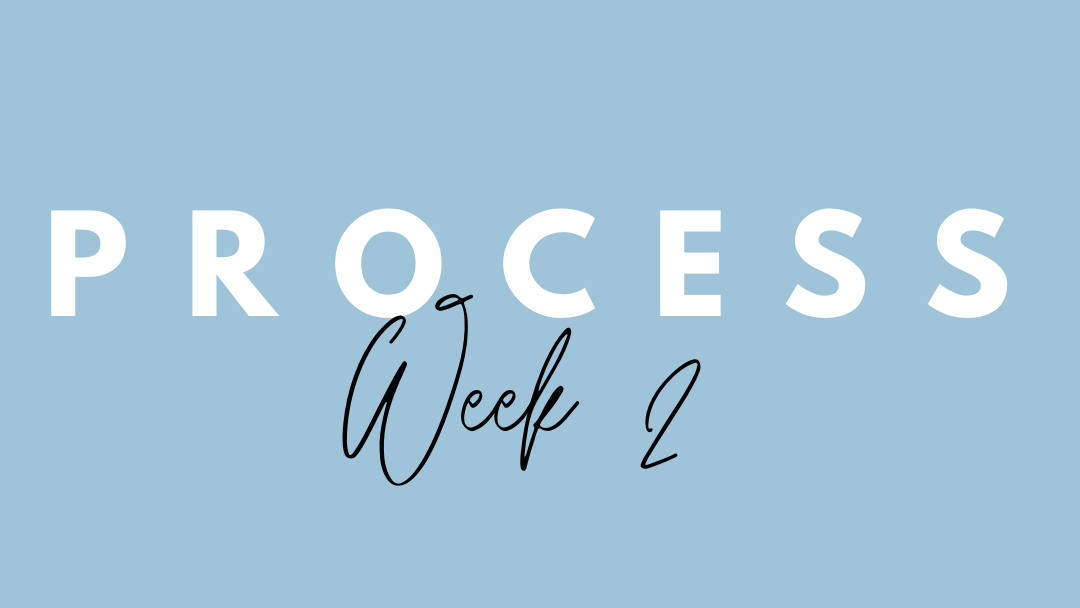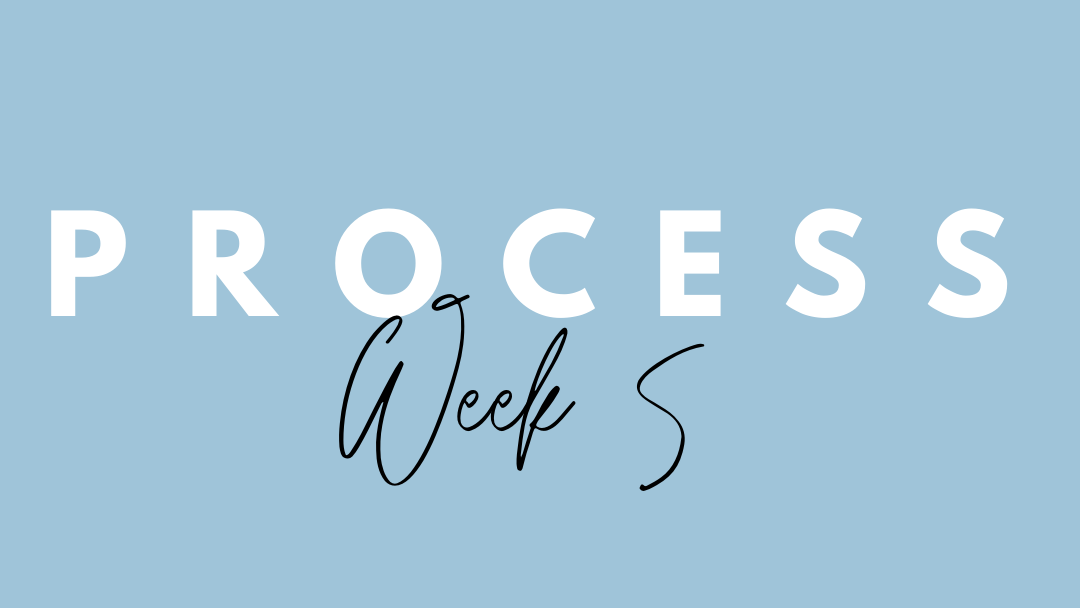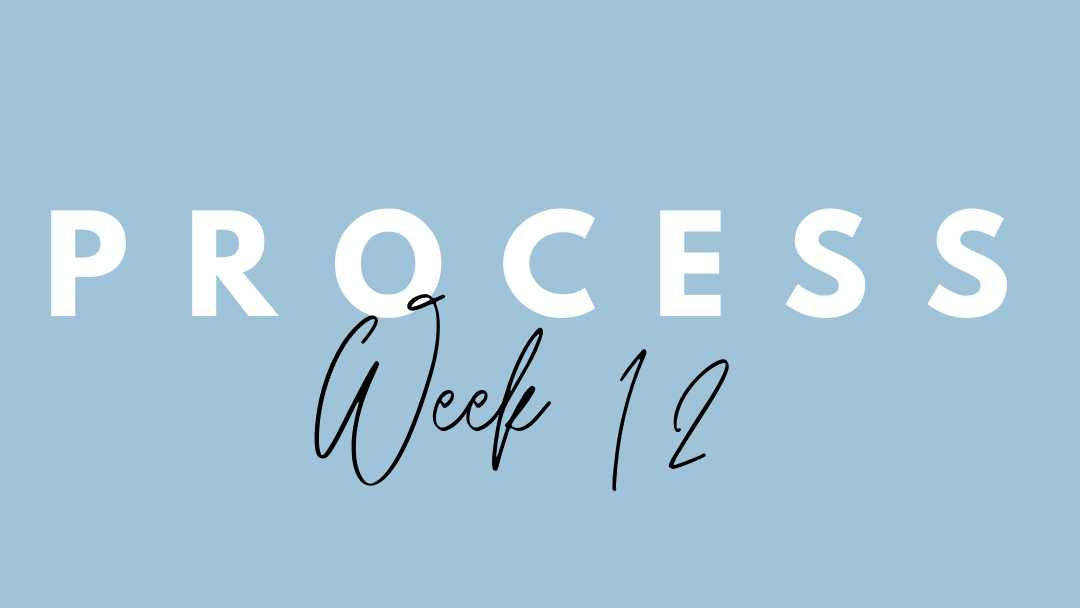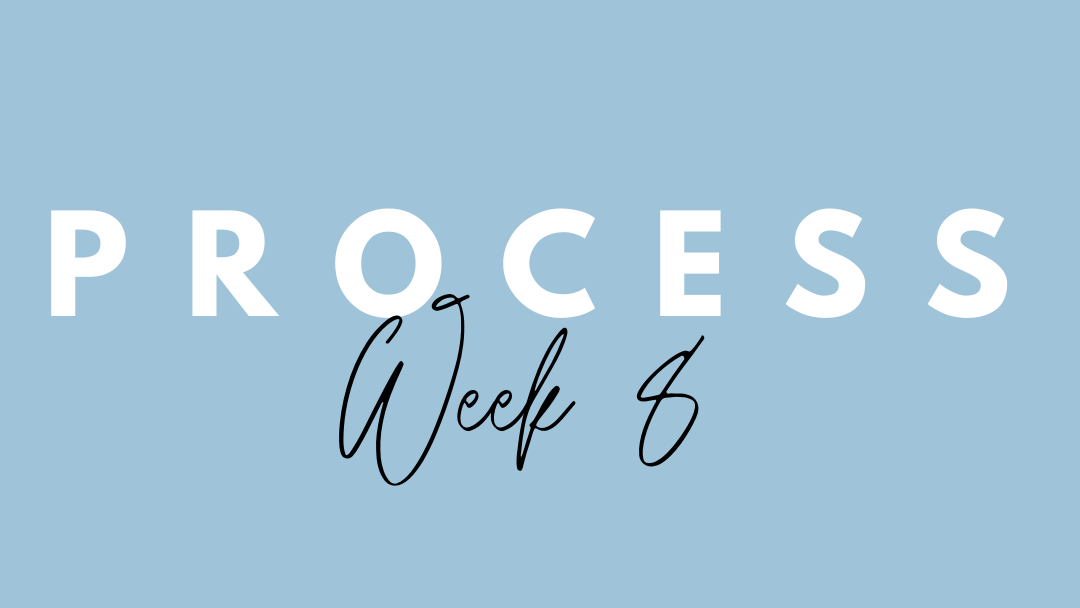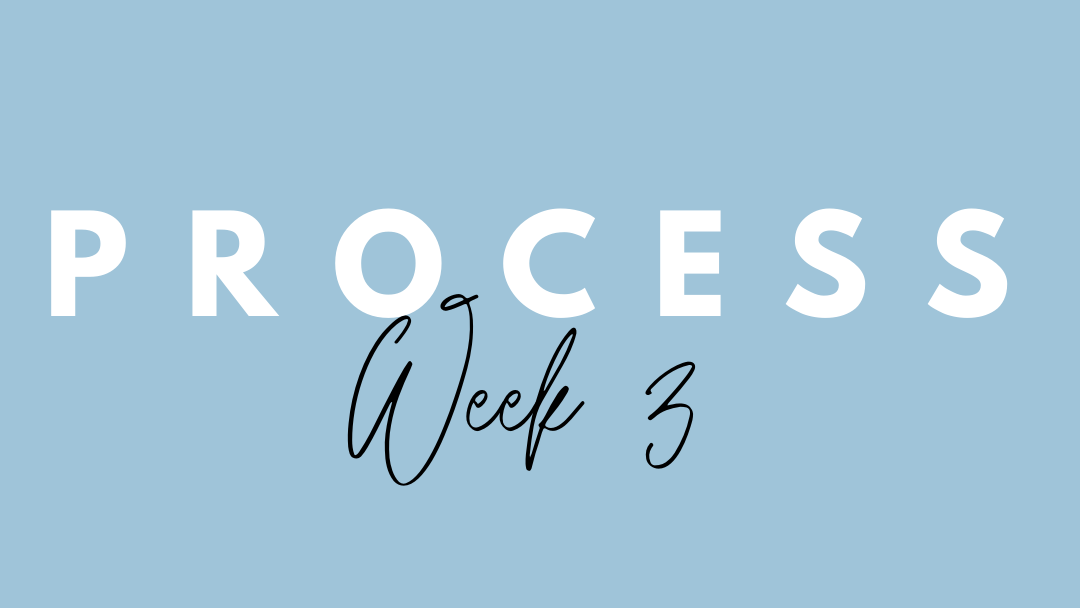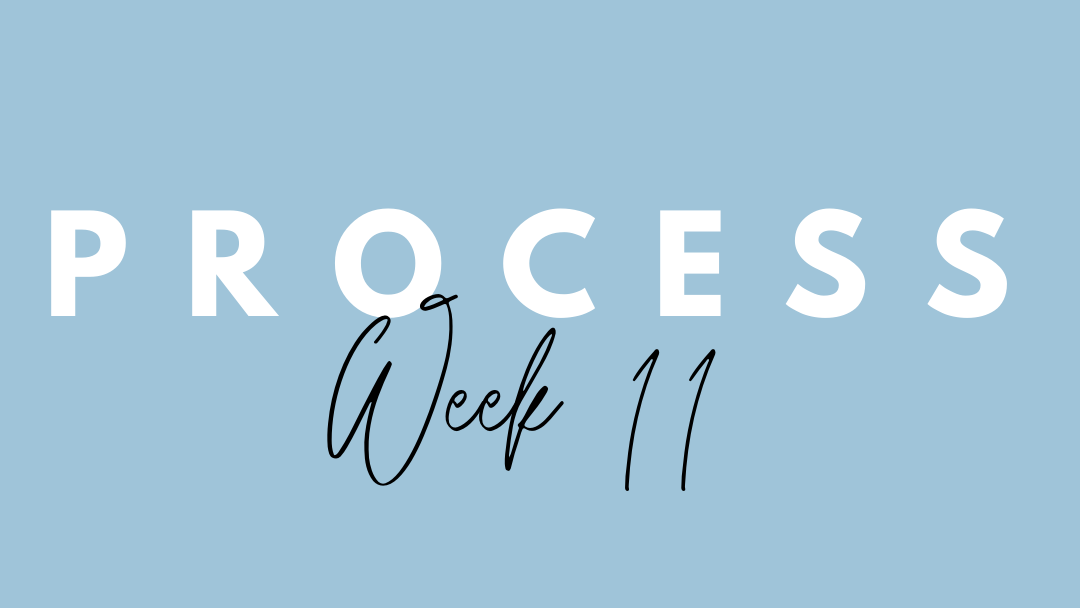Research
This week, I worked on doing more research on the history of Asian American Hate Crimes. Here are some of the articles that I found:
New York Times - Swelling Anti-Asian Violence: Who Is Being Attacked Where
Gives data on asian american hate crimes that have happened in the US, it looks at the types of hate incidents (vandalism, verbal, physical), it goes on to examine which events were reported to the police, and with verbal hate speech which events included something about COVID.“We’ve gone from being invisible to being seen as subhuman,” wrote Representative Grace Meng, Democrat of New York, after an attack in Manhattan last week
Center for the Study of Hate and Extremism CSUSB - Anti-Asian Hate
A fact sheet that shows the surge of hate crimes in 2020 compared to 2019 in different states, how google searches have changed. It also explores these changes by each state.
Time - Hate Crimes Against Asian Americans Are on the Rise. Many Say More Policing Isn't the Answer (Saved on Desktop)
Many attribute the 2020 uptick to the xenophobic rhetoric of Biden’s predecessor; former President Trump repeatedly referred to COVID-19 as “the China virus,” blaming the country for the pandemic. In doing so, Trump followed in a long American history of using diseases to justify anti-Asian xenophobia, one that dates back to the 19th and 20th centuries and has helped to shape perception of Asian Americans as “perpetual foreigners.”
Kim’s reference to the 1982 murder of Chin was a poignant reminder of a hate crime that led to a major mobilization for Asian Americans in the Civil Rights discourse, creating a significant wave of Asian American activism and a memorable point of solidarity with Black racial justice organizers
Time - The Asian American Response to Black Lives Matter Is Part of a Long, Complicated History (Saved on Desktop)
In this week’s issue of TIME, Pulitzer Prize winner Viet Thanh Nguyen explored the ways in which the “trap” of being a “model minority” creates inequality not just for Asian Americans, but for everyone.
“Conflict has always been a central part of the story, but it’s because it’s much more sensational to talk about Asians and African Americans fighting than it is to talk about the day-to-day work of finding solutions to problems and working together,”
Think Immigration - LET’S BREAK DOWN THE PERPETUAL FOREIGNER STEREOTYPE
But, despite our long history in the U.S., there is still a stereotype that we are the “perpetual foreigner”, with many of us being asked the dreaded question “Where are you from?”, which is then normally followed by the question “No, where are you really from?”, or the variant “Where are your parents from?”
Talks about the history of AAPIs in the US including laws and acts enacted
1882 Chinese Exclusion Act, which prevented Chinese laborers from immigrating to the United States
The similar association between disease and immigrants was used as a catalyst for immigration restrictions on New York City’s Ellis Island in the 1920s
a federal law was passed in 2018 to restrict Chinese student and scholar immigration to America
Harvard - The Scapegoating of Asian Americans
“The important thing to remember is that this is really not an exceptional moment by any means,” said Sato. “But it’s really part of a much longer genealogy of anti-Asian violence that reaches as far back as the 19th century.” Page Exclusion Act of 1875, the nation’s first restrictive immigration law, had prohibited the entry of Chinese women
Other Projects
I also wanted to look more into other projects that have delved into this and have made a difference
#HATEISAVIRUS is a movement to combat racism & xenophobia against Asians fueled by COVID-19. Through a collaborative effort among founders of UPRISERS, BETTERBRAVE, Asian Hustle Network, our goal is to raise over $1M to support small Asian-owned businesses across the nation who are currently struggling to keep afloat.
Asian Feed is a website and instagram account that documents accounts of Asian American Hate Incidents
Dribble has a wide variety of Anti AAPI Hate designs which provides a lot of inspiration
Our Stories, Our Power - @AAPIWOMENLEAND is a series of perspectives from AAPI woman and their stories in relation to hate incidents.
Prototype Ideas
Updated User Story
Megan is a 19 year old college student who goes to a prestiges progressive university. When she wakes up and she checks Twitter and the news. Everyday she wakes up to new information about a scary AAPI hate incident. When she reads about these incidents she thinks of her parents and grandparents who are AAPIs. She worries that while she is at college, she won’t be able to protect them and since they are older, she feels like they are even more vulnerable. She then scrolls on instagram and looks at the @AsianFeed account. She notices they have posted a new story that is even more shocking than the one she heard about on twitter. She wants to do something about the increase in AAPI hate incidents, but she feels like she doesn’t have the time or know where to go to get more information. She also feels like she doesn't know if her voice matters on these issues. She texts her friends and asks them if they have seen the news. They all say yea and she asked if they know where they can go to do something about it, none of them know. As Megan goes back to instagram she notices that someone has posted an AR art installation on their story. She noticed it because it broke the stream of posts people had on their story. It stood out to her because she had never seen a digital banner before. It also stood out because the colors were vibrant and it broke the flow of people just posting pictures of themselves or sharing posts on their stories. She realizes that it is based on the news story that came out this morning. The AR experiences include a #stopAAPIHate banner as well as a series of portraits of people affected by these incidents. She tries it out and struggles a little bit because she has never played around with AR experiences, but she becomes very intrigued. She becomes intrigued because she had never seen something like this before and it made it feel like someone else understood her urgency to speak out. One of them also encouraged her to go to the sites where these incidents were taking place to learn more about the stories. In a sense, these AR experiences personalized the story for her, they weren’t just headlines, but she felt a connection. The AR installation illustrated the story she heard previously and really help her digest it and make her inspired and feel like she had a voice. She felt like the AR experience takes a more personal perspective. She believes that a lot of the time the media creates headlines to get attention or get more clicks instead of trying to humanize the people in the stories. She also thinks that we live in a society where the media reports on things that are newsworthy and not actually the news. On the other hand, she thinks that the AR experience goes a little bit deeper and captures the users attention by creating a connection to the user and the story. This makes her want to keep clicking until she gets to the profile and finds that the account is full on info that she was looking for. She reposts the AR filter on her story and sends it to her friends. She is very excited that she has found a new source of information that will help keep her accountable and up to date on how to get involved in. She also realizes that this is a way for her to share the information with other people, she can post the AR experiences on her story which will hopefully make other people intrigued as well. She feels like she has found a group of people who follow this account and have similar interests in want to do something but not knowing how. The AR inspired her to donate. The owner of the account posts polls on their stories, updated news, and thing you can do that day to help. She sees similar people on the account and reaches out to them to see if they want to do something together. This could include looking for protests to participate in, inspiring other people to donate and learn more about AAPI hate incidents. She enjoys that there are multiple AR experiences on the account that she can send to her friends to get them interested as well. As well as getting more people to share the AR experience to raise awareness and learn how to report these hate incidents when you see them, and what to do if you are a bystander. She also enjoys that the account has open dms so people can tell their stories and talk more about how to raise awareness for these issues.
Evaluating
How will you know if your project is successful? How do you measure specific outcomes?Narrow your scope to focus on a specific type of success -- whatever “success” means within this project.
I will know my project is successful if 10 people interact with the AR experience and feel inclined to go to the instagram page to learn more. Out of those 10 people I want at least 3 people to learn something new from the info. From those 3 people I want at least 1 person to donate to a org or spread the info further. I will measure the the outcomes by asking questions in the stories, tracking instagram insights, and interviewing users.
